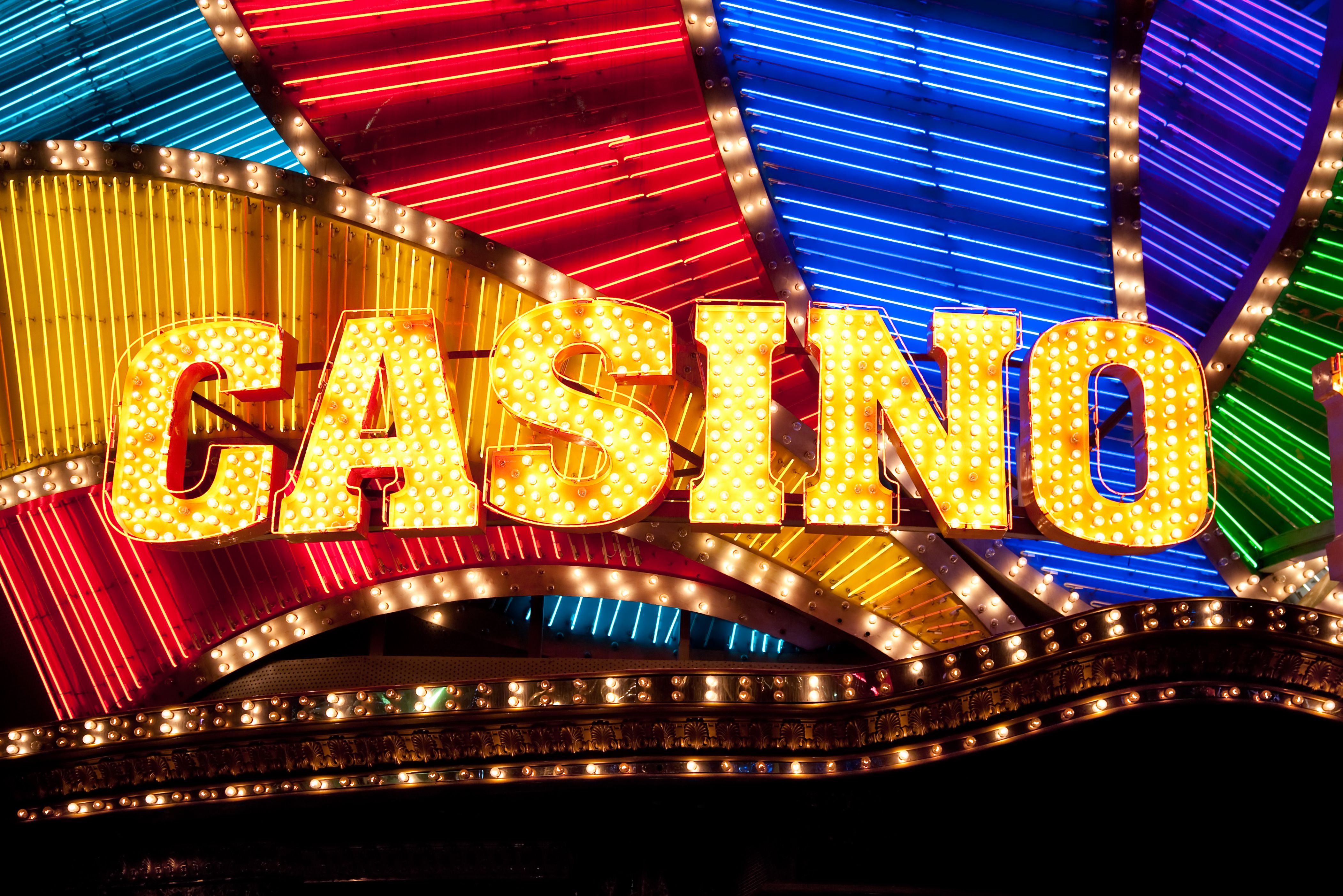The history of slot machines is a captivating journey that reflects the evolution of amusement and betting across the ages. Starting from their humble start in the 1890s to turning into a staple in gambling establishments around the globe, these chance games have undergone notable evolutions. Casino slots games have mesmerized players with their colorful visuals, engaging storylines, and the promise of transformative prizes.
At first designed as analog devices with turning cylinders and limited images, slot machines have grown into advanced electronic games that include advanced technology and interactive elements. In the present day, they draw in millions of players, each wanting to strike it lucky with just the pull of a lever or the touch of a button. Exploring the captivating background of these games reveals not just the story of a popular pastime, but also a depiction of social evolution and technological advancements over the ages.
The Origins of Slot Machines’ History
The story of slot machines begins in the final years of the 19th century, a time when machines were becoming popular in places of amusement. The first true slot machine came into existence by Charles Fey in 1895, known as the Liberty Bell. This machine featured 3 spinning reels and 5 symbols: hearts, diamonds, spades, a horseshoe, and the legendary Liberty Bell. Players would pull a lever to spin the reels, and if the symbols matched in a particular combination, they would win a payout. Fey’s invention quickly captured the attention of gamblers and paved the way for future developments in casino slots games.
As the concept of the slot machine gained popularity, various inventors looked to enhance Fey’s design. By the early 1900s, slot machines were becoming a common sight in saloons and amusement parks. In 1907, the first electromechanical slot machine was created by Herbert Mills, featuring a more intricate system of payout mechanisms and the renowned fruit symbols that are still associated with slots today. This evolution marked a major shift in the gaming industry, as machines became more engaging and user-friendly, drawing in more players.
The popularity of slot machines remained high throughout the early 20th century, leading to their widespread adoption in casinos across the United States. However, as legal restrictions on gambling during the Great Depression posed challenges for the industry. Many machines were banned, but this did not stop innovators. ga179 xyz Instead, they adapted by creating machines that dispensed candy or gum instead of cash prizes, effectively bypassing the restrictions while still providing the thrill of a casino slots game. This ingenuity kept the spirit of gambling alive, setting the stage for the eventual resurgence of slot machines in modern casinos.
Evolution of Casino Slot Innovation
The history of gambling machines began in the final 19th era with the invention of the first mechanical machines. A mechanic named Charles Fey, a San Francisco mechanic, launched the Liberty Bell slot machine in 1895, which featured three rotating reels and five icons: hearts, diamond shapes, spades, a horseshoe, and the Liberty Bell itself. This simple yet enthralling design laid the foundation for the future of casino slots game, creating an immediate draw for gamblers searching for fun and a opportunity to earn.
As tech progressed, so did the styling and operations of slot machines. By the central 20th era, electromechanical machines surfaced, incorporating electrical components to improve gameplay and boost payout opportunities. These advancements allowed for increased sophistication features like various paylines and bigger jackpots. The gaming establishments embraced these advances, leading to the emergence of slot machines as a major provider of income within the gaming industry, essentially transforming the experience of playing slots.
The late 20th and early 21st eras heralded the age of digital technology, causing the debut of video gambling machines. These gaming units substituted traditional reels with monitors, allowing even more creativity in themes and gameplay mechanics. Players could now appreciate engaging graphics and sound effects, along with involving bonus rounds. The transition to web-based gaming further transformed the casino slots game, allowing slots reachable to a global market whenever and wherever, thus marking a new era in the development of slot machine advancements.
The Cultural Influence of Gaming Machines
These gaming machines have become more than just a form of leisure; they have integrated into the essence of popular culture. From movies and television shows to music and literature, these iconic gaming machines often act as symbols of luck and risk. Films like The Casino and Ocean’s 11 prominently feature slots, portraying them as thrilling yet uncertain elements of the gambling experience. Their unique attraction lies in the noise of coins falling, the spinning reels, and the bright flashing lights, which together create an electric atmosphere that draws people in.

In addition, slot machines have shaped social gatherings and events, making them a focal point in casinos and gaming venues. Many people do not just visit a casino to gamble; they attend for the full experience, which includes the social interactions and the lively ambiance surrounding these machines. Special contests and themed gaming nights centered around slots also showcase their popularity, fostering community engagement and shared experiences among players. This social element has contributed to the machines’ enduring popularity.
The advancement of technology has further transformed this cultural impact. Digital and online slots have broadened access to these games well beyond the walls of physical casinos. Players can now get their favorite casino slots game from home or on the move, leading to the rise of virtual forums and discussion boards where enthusiasts share strategies and experiences. The continuous innovation in game design and the integration of storytelling have kept the cultural significance of slot machines alive, attracting younger audiences while maintaining a tie to their historical roots.
